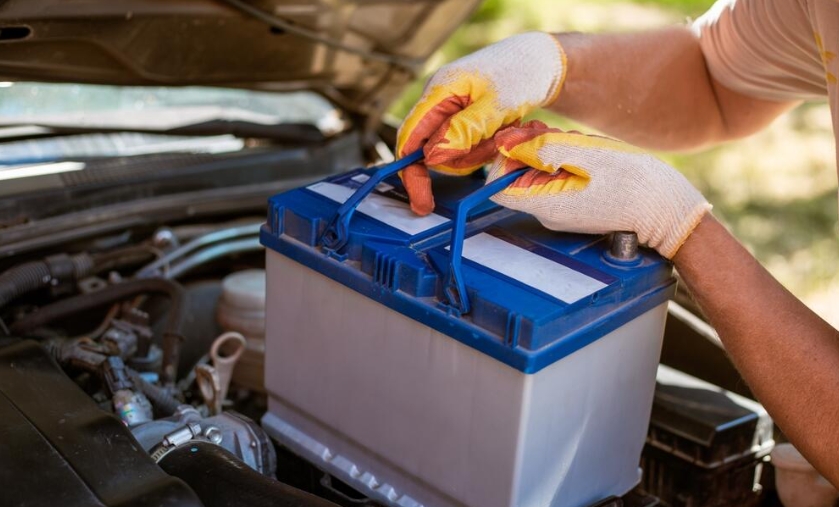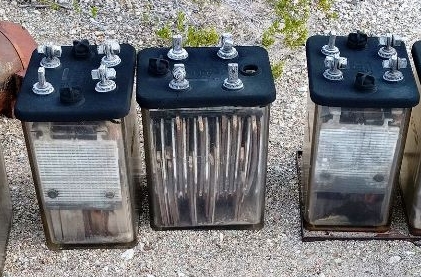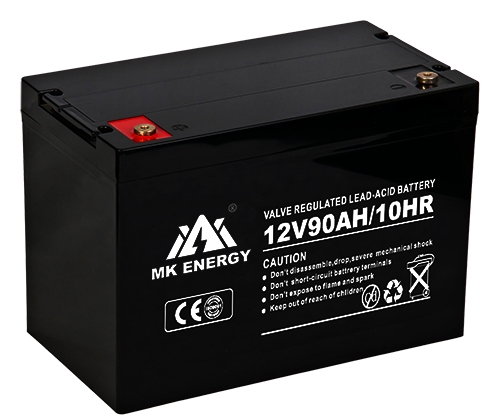Batería de ácido sólido is widely used in various applications from automotive to industrial due to their reliability and cost-effectiveness. However, these batteries are also susceptible to damage from external factors such as vibration and shock. In this article, we’ll explore the effects of vibration and shock on lead-acid batteries, how they occur, and solutions to mitigate their impact.
The role of vibration in lead-acid battery degradation
One of the main ways that vibration causes baterías de plomo ácido to degrade is by detaining active material from the battery plates. Vibration can cause mechanical stress on battery plates, causing energetic material particles to loosen or fall off, reducing the effective surface area of the plates available for electrochemical reactions, thereby reducing battery capacity and performance. At the same time, vibration can accelerate the formation of lead sulfate crystals on battery plates, especially during charge and discharge cycles.
Additionally, hard lead sulfate is less soluble than its soft counterpart, so it is more difficult to convert back into active material during charging, reducing battery capacity and efficiency. Vibration can also damage the separator material or create physical contact between the positive and negative plates, causing an internal short circuit in the battery. An internal short circuit will increase the self-discharge rate, reduce the battery capacity, and, in severe cases, may even lead to thermal runaway, posing safety risks.
Understand the impact of shock on lead acid battery health
The impact can cause physical damage to the internal components of a Batería de ácido sólido, mainly the battery plates and separators. Sudden impacts or mechanical stress can cause battery plates to deform, bend, or break, compromising their structural integrity and reducing their effective surface area for electrochemical reactions. Likewise, impact can damage the separator material, causing a short circuit between the positive and negative plates, reducing battery performance and lifespan. Repeated impacts can compromise battery performance and safety by weakening the structural integrity of the battery casing or container, increasing electrolyte leakage, leading to acid leakage, electrolyte loss, and accelerated corrosion of internal components.
Identify familiar sources of vibration and shock in lead-acid batteries
A common source of vibration for baterías de plomo ácido is transportation or vehicle movement. Vehicles are subject to road vibrations, bumps, and impacts, transferring mechanical stress to the battery and affecting its internal components. Likewise, in industrial settings, heavy machinery or equipment operations may generate vibrations that may affect nearby batteries, especially if they are installed or installed near vibrating machinery. Additionally, improper handling or installation can introduce mechanical stress and vibration to lead-acid batteries. Rough handling during transportation or installation, dropping or bumping the battery, or using inadequate mounting or securing techniques can cause mechanical stress and vibration that can affect battery health and performance.
Mitigation Strategies to Reduce Vibration and Impact Damage
We use a variety of strategies to mitigate the effects of vibration and shock and protect lead-acid batteries from damage. Ensuring secure installation and adequate anchoring in place of lead-acid batteries can reduce mechanical stress and vibration transfer. Using shock-absorbing mounts, bumpers, or isolators can help dampen vibration and protect the battery from damage during shipping, handling, or handling. Batteries designed with rugged casings, reinforced terminals, and durable separators can better withstand mechanical stress and maintain their integrity in harsh operating environments. Shock-absorbing enclosures or shields can provide additional protection against mechanical stress and vibration. Incorporating vibration-absorbing materials into the battery installation or device design can help reduce mechanical vibration and protect the battery from damage.
Optimized installation to reduce vibration and shock
Optimizing the installation of lead-acid batteries reduces vibration and shock, preserving their integrity and extending their service life. Mounting lead-acid batteries securely in a stable and level location reduces movement and vibration during operation. Use a sturdy mounting bracket, tray, or rack that provides adequate support and prevents the battery from moving or tilting. Of course, shock-absorbing brackets or isolation pads can also be installed between the lead-acid battery and its mounting surface to suppress mechanical vibration and reduce the transmission of shock. These mounts act as shock absorbers, absorbing impact energy and protecting the battery from damage. Securely fasten the battery to the mounting bracket or tray using high-quality fasteners to prevent loosening or falling off during operation.
Protect them from vibration and shock
By identifying familiar sources of vibration and shock and implementing targeted mitigation strategies, lead-acid battery users can protect their batteries from damage, ensure optimal battery performance, and improve reliability in various applications.




